
Peru
Peru’s geographical location is a testament to its extraordinary diversity. Straddling the Pacific Ocean and the Andes Mountains, Peru is a country of contrasts. Explore the arid coastal deserts, ascend to the heights of the Andean peaks, and descend into the lush Amazon basin—all within the borders of one nation. Peru’s strategic position on the western edge of South America adds to its allure, making it a gateway to the continent’s natural and cultural wonders.
No visit to Peru is complete without experiencing the awe-inspiring Machu Picchu. Perched high in the Andes, this ancient Incan citadel is a UNESCO World Heritage Site and one of the New Seven Wonders of the World. Journey through the Sacred Valley, marvel at the engineering brilliance of the Incas, and witness the sunrise over the mystical ruins. Machu Picchu encapsulates the essence of Peru’s historical and natural treasures, offering a once-in-a-lifetime experience for travelers.
Read More
Peru is a land of unparalleled natural beauty, from the breathtaking peaks of the Andes to the vast expanses of the Amazon rainforest. Discover the enigmatic Nazca Lines etched in the arid desert, trek the iconic Inca Trail to Machu Picchu, and navigate the mighty Amazon River.
From the awe-inspiring Machu Picchu to the vibrant traditions of Cusco, Peru seamlessly blends ancient Incan heritage with Spanish colonial influences. Experience the heartbeat of the Andes through traditional music, colorful festivals, and the intricate artistry of local markets, where every corner reveals a piece of Peru’s diverse cultural mosaic.
Remember to indulge in the exquisite taste of ceviche along the Pacific coast, savor the renowned Peruvian roasted chicken, and experience the warmth of indigenous ingredients in highland dishes. Lima, the culinary capital, offers a gastronomic adventure that reflects Peru’s commitment to preserving ancestral flavors while embracing innovation.
Travel Information
Reviews
Adventure of a Lifetime

I can’t recommend Richard Pace and Southern Sky adventures enough! He’s been travelling all over the continent of Africa for the last 12 years and specializes in an otherwise unknown and intimidating territory. I didn’t know what to expect from South Africa but my trip… Read more “Adventure of a Lifetime”
Perfect Honeymoon Trip

I would encourage anyone thinking of travelling to Africa to call Southern Sky Adventures. Richard Pace was recommended to us by several of our friends in New York. Specializing in tailoring trips to fit your objectives, Southern Sky Adventures can, of course, can recommend destinations… Read more “Perfect Honeymoon Trip”
Best Travel Experience Ever

I relive that trip in my mind almost daily – it was the best travel experience I’ve ever had. Thank you for all you did to make it perfect. Your local knowledge of the people and places definitely were a plus – you couldn’t have… Read more “Best Travel Experience Ever”
The Perfect Itinerary

I went to South Africa in December 2008 with three friends and truly had the trip of a lifetime. The country is absolutely beautiful and there are so many amazing things to do from safari to whale watching to fine dining in Cape Town. Southern… Read more “The Perfect Itinerary”
Worry-Free Group Experience
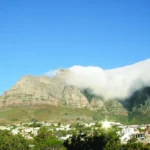
Our fall trip to Africa included 11 wonderful and diverse individuals for four venues, over a two week period. How can this many people enjoy themselves so much for this extended period of time? The answer is Richard Pace! You worked diligently to anticipate our… Read more “Worry-Free Group Experience”
A different view of South Africa
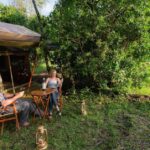
I had been looking forward to a trip to South Africa for many years, knowing how special it would be. It was all that and more because of Richard Pace and Southern Sky Adventures. His choice of accommodations, destinations and tours were perfect. Everywhere we… Read more “A different view of South Africa”
An Incredible Time

Southern Sky Adventures did a great job helping us to plan our trip to Africa. They covered all of the details—everything from flights and accommodations to safari essentials to in-country cell phone service to restaurant and activity recommendations. Richard even managed to make suggestions on… Read more “An Incredible Time”
Once-in-a-lifetime Safari

Thanks for helping us put together such an amazing girl’s trip to South Africa. We couldn’t have asked for a more well-planned adventure. Your guidance, itinerary recommendations, and hard work in arranging the details definitely helped to make this “once-in-a-lifetime opportunity” a truly incredible experience… Read more “Once-in-a-lifetime Safari”
An Unforgettable Vacation
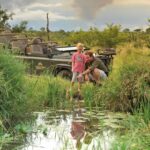
Please use our name as a reference. We had a great experience and an unforgettable vacation. Everything you planned for us was flawless. Date Travelled: 01 Jul 2017 – 07 Jul 2017 Accommodation: Yellow Aloe Guest House Destinations: Mozambique, Namibia, Rwanda, South Africa



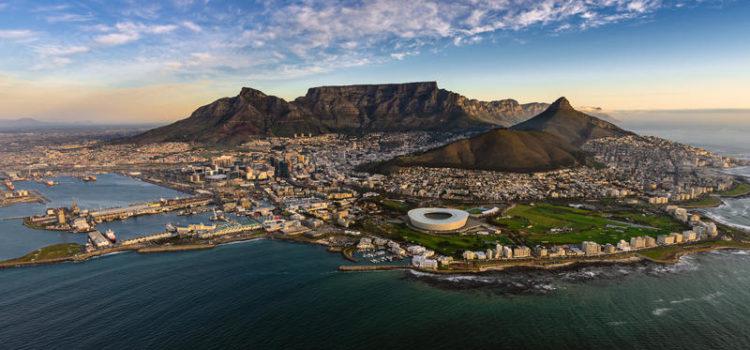 Mokoya Lodge
Mokoya Lodge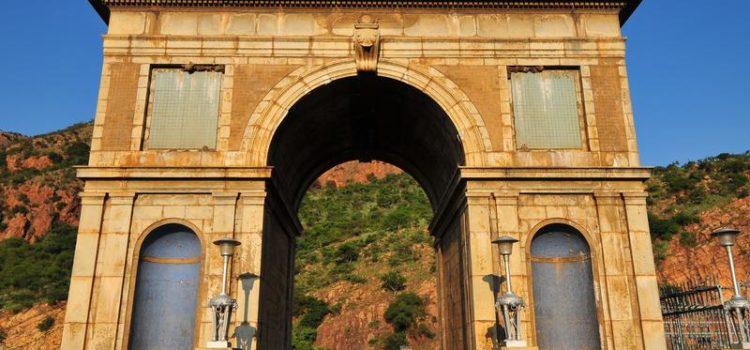 Magaliesberg Mountains
Magaliesberg Mountains